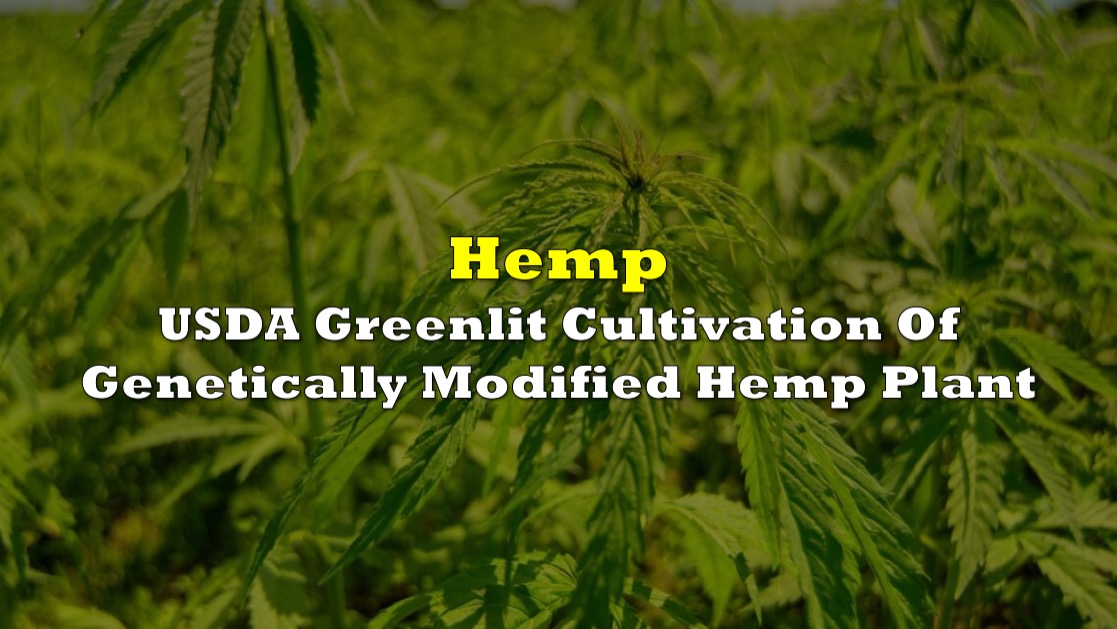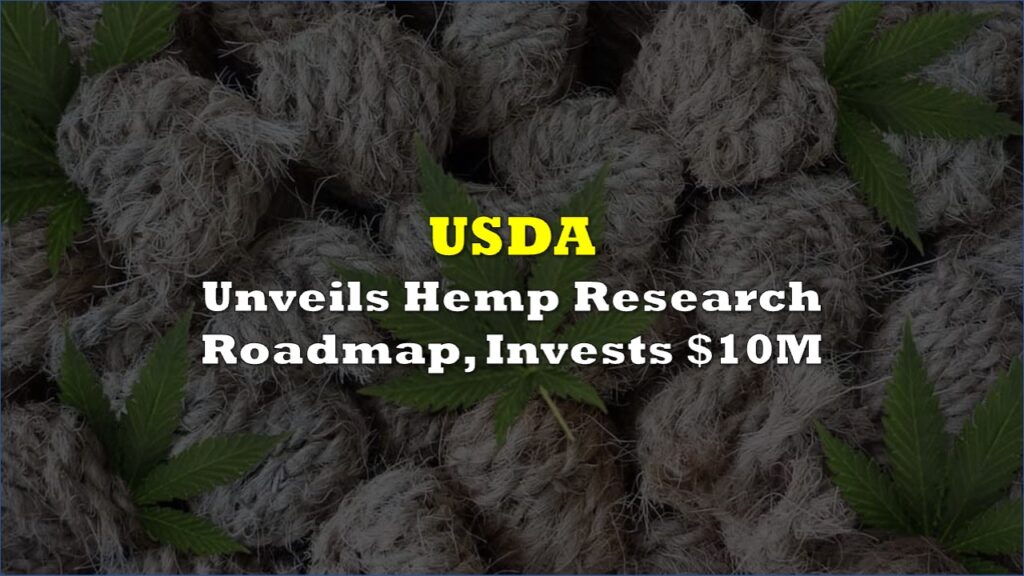The US Department of Agriculture (USDA) has given the green light for the cultivation and breeding of a genetically engineered hemp plant designed to produce reduced levels of THC and cannabichromene (CBC) in the United States. The breakthrough comes courtesy of Growing Together Research, a biotechnology firm headquartered in Fort Wayne, Indiana.
Earlier this year, the company made headlines by achieving the first stable transformation and regeneration of multiple THC-free hemp cultivars and subsequently announced its intention to enhance THC production in cannabis plants.
The USDA’s Animal and Plant Health Inspection Service (APHIS) conducted a thorough review of the genetically modified hemp plant to assess whether it posed an elevated risk of plant pests compared to conventionally cultivated hemp. In a recent notice, APHIS revealed, “APHIS found this modified hemp is unlikely to pose an increased plant pest risk compared to other cultivated hemp.”
Growing Together Research sought the USDA’s review with the goal of eliminating THC and CBC from their engineered plants while enhancing their resistance to the herbicide bialaphos. They accomplished this by incorporating genes from various donor organisms, including plants, bacteria, a virus, and at least one artificial sequence. The company asserted that this herbicide resistance would not lead to significant alterations in the plant’s metabolism, physiology, or development.
The APHIS review process focused primarily on assessing the potential plant pest risks associated with the modified hemp plant. This comprehensive examination considered the known plant pests and diseases associated with the commodity, identified pests likely to persist during importation into the United States, and evaluated the necessary measures to mitigate the risk of pest introduction.
In response to Growing Together Research’s submission, the USDA determined that the genetically engineered hemp variant is “not subject to the regulations under 7 CFR part 340,” which govern the movement of genetically modified organisms. However, it may still be subject to other regulations, such as permitting or quarantine requirements, according to USDA.
The USDA has been actively collaborating with hemp growers and breeders since the legalization of hemp through the 2018 Farm Bill. This year, the agency released updated guidelines for identifying, describing, and evaluating various hemp varieties. Additionally, the USDA provided a new resource—a video guide—teaching hemp farmers how to construct and employ a vacuum system reminiscent of Ghostbusters, capable of collecting up to 10 grams of cannabis pollen in less than a minute.
Under the Plant Protection Act of 2000, the USDA has the authority to oversee the “detection, control, eradication, suppression, prevention, or retardation of the spread of plant pests to protect agriculture, the environment, and the economy of the United States”.
The USDA’s commitment to supporting the hemp market has been evident through its partnerships with state agencies, such as the Pennsylvania Department of Agriculture, to educate farmers on cultivating cannabis within a “bio-based” economy. The department also shared the success story of an Indiana-based hemp farm that received financial and technical assistance to maximize its production of high-quality CBD oil.
In a further display of support, the USDA renamed a trade advisory committee, placing hemp prominently among a select group of specialty crops and doubling the number of hemp industry representatives on federal trade advisory panels. This move underscores the agency’s recognition of cannabis as a uniquely valuable commodity.
Despite these efforts, the hemp sector experienced a significant economic downturn last year, as reported by the USDA. The decline in value was largely attributed to the absence of Food and Drug Administration (FDA) regulations governing the marketing of hemp-derived products like CBD oil. The FDA maintained that it needed congressional action to establish such rules.
In response to these challenges, bipartisan lawmakers in both the House and Senate introduced companion bills aiming to alleviate regulatory burdens for farmers growing industrial hemp for non-extraction purposes in the current legislative session.
Information for this briefing was found via Marijuana Moment and the sources mentioned. The author has no securities or affiliations related to this organization. Not a recommendation to buy or sell. Always do additional research and consult a professional before purchasing a security. The author holds no licenses.








